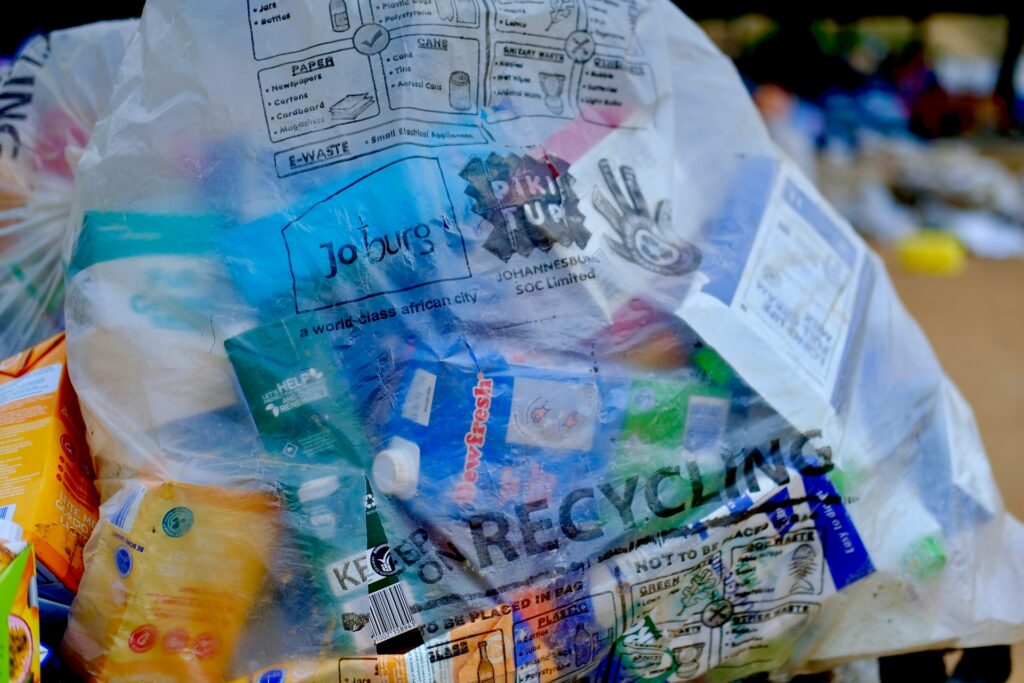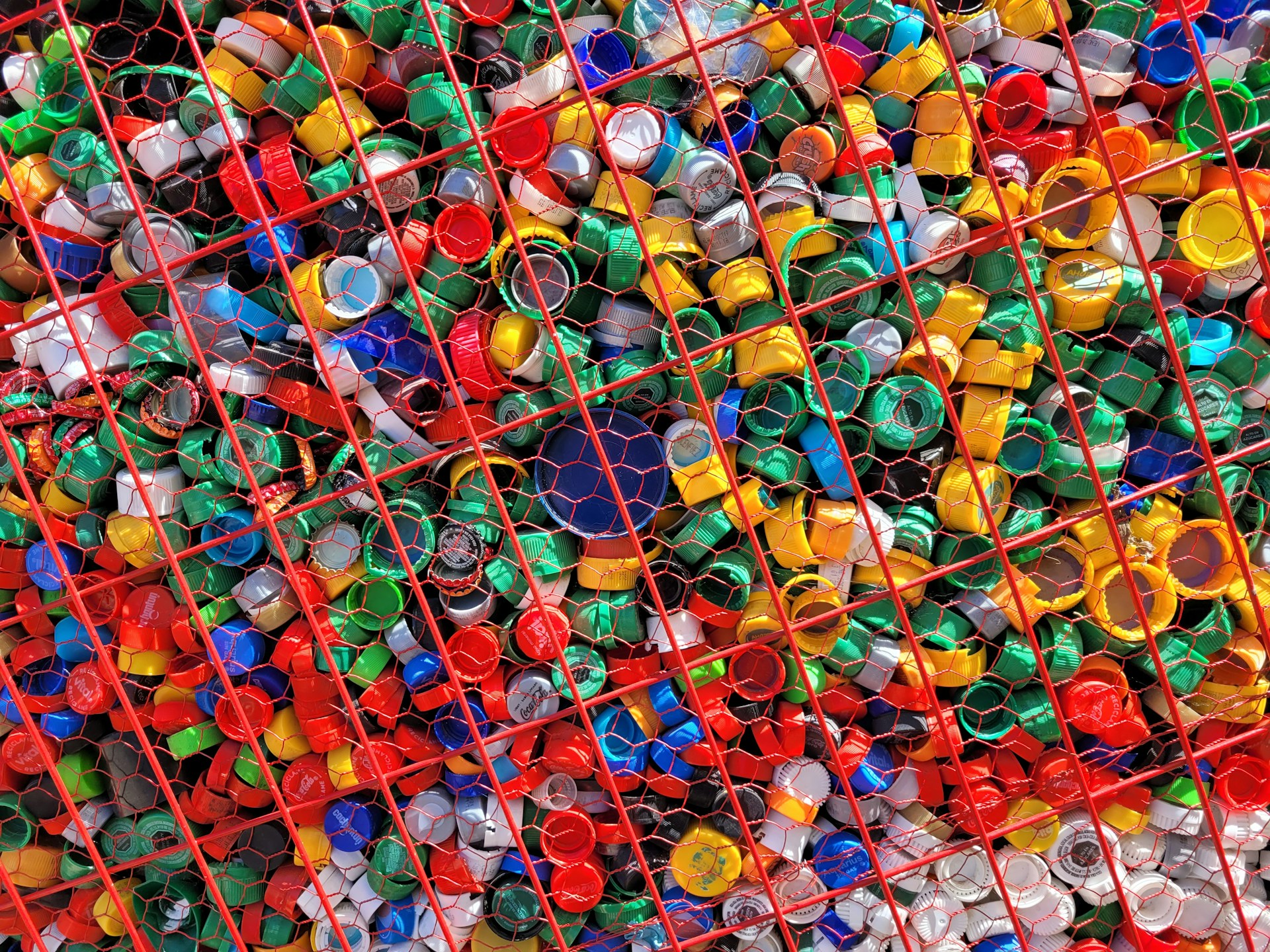The Rise of Recycled Plastic Construction Materials
Plastic is a material which with a high popularity in today’s world, it is actively implemented in several industry sectors due to the enhanced characteristics and low price.
However, the same factors that make plastic relevant have also made it one of the biggest problems globally.
Given that millions of tons of plastic are dumped into landfills and seas annually, the construction industry has started embracing cues from the natural world and using recycled plastics as construction material.
Today, recycled plastic finds new application in a number of construction products like bricks, blocks, roofing materials, pipes, insulations, and complete construction of modular buildings.
Transcending the plastic waste challenges that rise in the market, this change also offers tangible advantages for value creation such as lower costs, improved reliability, and a decreased carbon footprint.
This reimagining of waste has led to the potential and promise of a game-changing material, recycled plastic, to meet construction requirements and act in a sustainable way to support the globe.
Advantages of Recycled Plastic in Construction
There are many benefits when recycled plastic is used in construction; thus, it is a feasible practice for builders and architects who are planning new construction projects to consider when they are thinking about the role of sustainability in construction. Below are some of the key benefits:
1. Sustainability and Waste Reduction
Recycled plastic in construction reduces the hazards that result from using plastic materials in the construction business.
This way, the approach saves hundreds of tons of non-recyclable waste from polluting ground and aquatic environments.
It was found that for every ton of recycled plastic used, a significant quantity of energy as well as the fundamental material is conserved than manufacturing virgin plastic or conventional materials such as concrete and steel.
This circular flow of money matches the concept of sustainable development and can help towards making the economy more circular.
2. Durability and Weather Resistance
Plastic by nature is very sturdy, exert strong resistance to water, chemical and corrosion factors. By recycling it into construction materials, it has desirable characteristics for usage in various adverse environmental conditions.
For instance, plastic lumber, a comprehensive product made from recycled plastic that can be cut like wood, does not rot, warp or splinter like wood.
This also has a tolerance to moisture, UV, and pest damage making it ideal for use in outside applications like decks, fences and park benches.
3. Cost-Effectiveness
Although the initial cost of recycled plastic material may be slightly higher in some respects they could be cheaper in the long run.
They have long service life which helps to cut maintenance and replacement expenses, but they are also light weight to transport and install.
Further, with the increasing market trend for using recycled plastic products more and more competitors are entering the scene and gradually helping in reducing prices as well.
4. Versatility and Innovation
Remanufactured plastic comes in all shapes and sizes, meaning that it may be the most flexible material to work with in construction today.
For instance, plastic by engineers to form bricks and blocks whereby they form a lego like structure and hence can be used in erecting a building within a very short time.
Plastic is also a very good insulating material, which enhances energy utilization in residences and corporate buildings.

How Recycled Plastic is Transforming the Future of Construction
The use of recycled plastic in construction is not just about the market but is an innovation that holds the promise to revolutionize construction and management of structures.
Below are some ways recycled plastic is shaping the future of the industry:
1. Sustainable Infrastructure
Recycled plastic is being used to build structures that are efficient in their use of resources and tough to deteriorate.
An example of such roads is the so-called plastic roads which are gradually finding their way in several countries.
They use plastic waste by adding it to the construction material, modifying roads’ asphalt which increases its strength and elasticity in addition to decreasing demand for bitumen.
Apart from being easy to use and long lasting, plastic roads are not easily affected by wear and tear hence will not need constant maintenance.
In the same way, more and more recycled plastic is being used in new products like bridges or pedestrian ways.
These structures are lighter, quicker and easier to construct and designed to withstand disasters for longer durations, for use in hard to reach or disaster prone regions.
2. Modular and Affordable Housing
Recycled plastic is getting great in the idea of modular homes which is actually modular housing.
Whole houses can be turned out using plastic panels and blocks – a great response to the lack of housing around the globe.
These homes are portable, short-span homes which however, can be erected in their intended design and location and can easily survive rugged natural weather conditions that may prevail in strategic areas.
All these pinches of innovations and some industries are even building “plastic villages” for low range inhabitants and also for rent, which has elements of social issues and environmental concerns.
Closing the Loop: Circular Construction Practices
The emergence of circular construction is the future of constructing buildings focusing on reusing materials instead of discarding them.
Recycled plastic is in the heart of this vision, as it demonstrates how waste is brought back into production loops.
The construction wastes on their own can be reclaimed and converted into new plastics for use in other constructions hence eliminating the need to import the raw materials.
Moreover, the new technologies such as 3D printing with recycled plastics provide architects and builders opportunities to make unique pieces with the least losses.
This technology is being applied for generating ornament parts as well as large members of structures, which has potential for optimized designing and constructing of buildings.
Conclusion: Recycling a Reality to ensure a Sustainable Future with Recycled Plastic.
Recycled plastic is not just an ant cycle construction material, but it is the driving force for a new revolution in an industry that has built itself on a culture of waste consumption.
Through tackling the burning topics like plastic pollution, climate crisis or housing deficit, this material provides the way toward the sustainable and adaptive existence.
The use of recycled plastic brings lots of benefits such as long life span, economical and friendly rather the environment by the builders and developers across the world.
Over the years, technology and awareness have boosted the use of recycled plastic in constructions making green construction the vanguard of progressive eradication of waste thus becoming a resource.
It is possible to underline that the construction sector may help to solve the global problems associated with consumption and waste management at the same time with creating long-lasting and effective constructions for people and for the Earth..
Also read: The Rise of Bioplastics in Construction Materials

